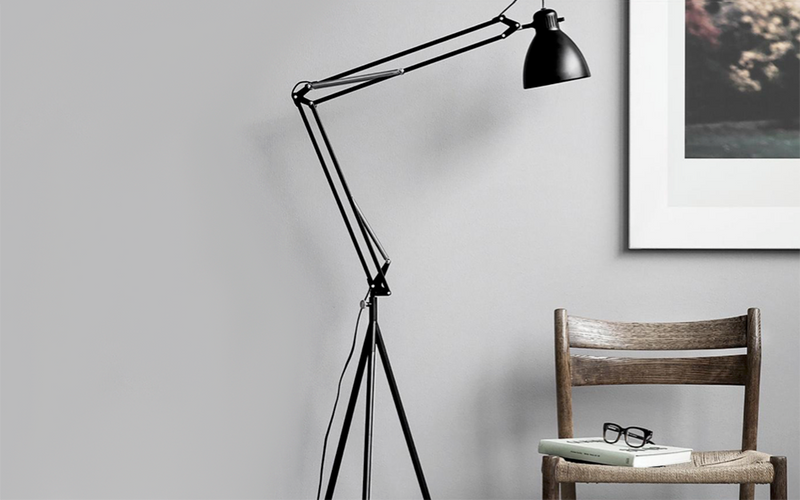A Picasso print, a family photo or a stylized block of text all have different meanings. The art you choose to display in your home says a lot about you, what you value and what you like. Selecting and displaying meaningful art personalizes your home in a special way that is unique to you.
Multiple Pieces
Many art enthusiasts are hesitant to begin adding to their collection. They love that first piece of artwork so much, and fear that adding other pieces will only detract from its glory. Any frame shop worth its salt, however, will tell you that there is nothing to worry about. A good piece is going to stand out regardless of the competition. When surrounded by other works, it may even stand out more than it would have on its own. Don't be afraid to add in other works. If something can stand out at your local museum, it will certainly be able to stand out in your home.
Cutouts
If you aren't sure how you want to arrange your works, a little trick can help you decide prior to banging nails into the wall. Cut out outlines of your paintings on paper. You will then be able to use this paper, which is an exact replica of the dimensions you're working with, to make your decisions regarding spacing and height. Many homeowners work themselves into a corner when they work with the painting itself. They visit the frame shop, get everything looking the way they want it, and then nail their art to the wall. They may be dissatisfied with its placement, but it's simply too late. It's too much trouble to move it now, and there's already nail holes in the wall. Working with paper first is a great way to avoid this predicament.
Lighting
Lighting your work is almost as important as the art itself. If no one can see the painting, what good is it? Make sure you choose lighting that will subtly draw attention to your artwork, allowing onlookers to see the detail without washing it out. This can take some practice, but a good frame shop should be able to help you out with some specific tips.


